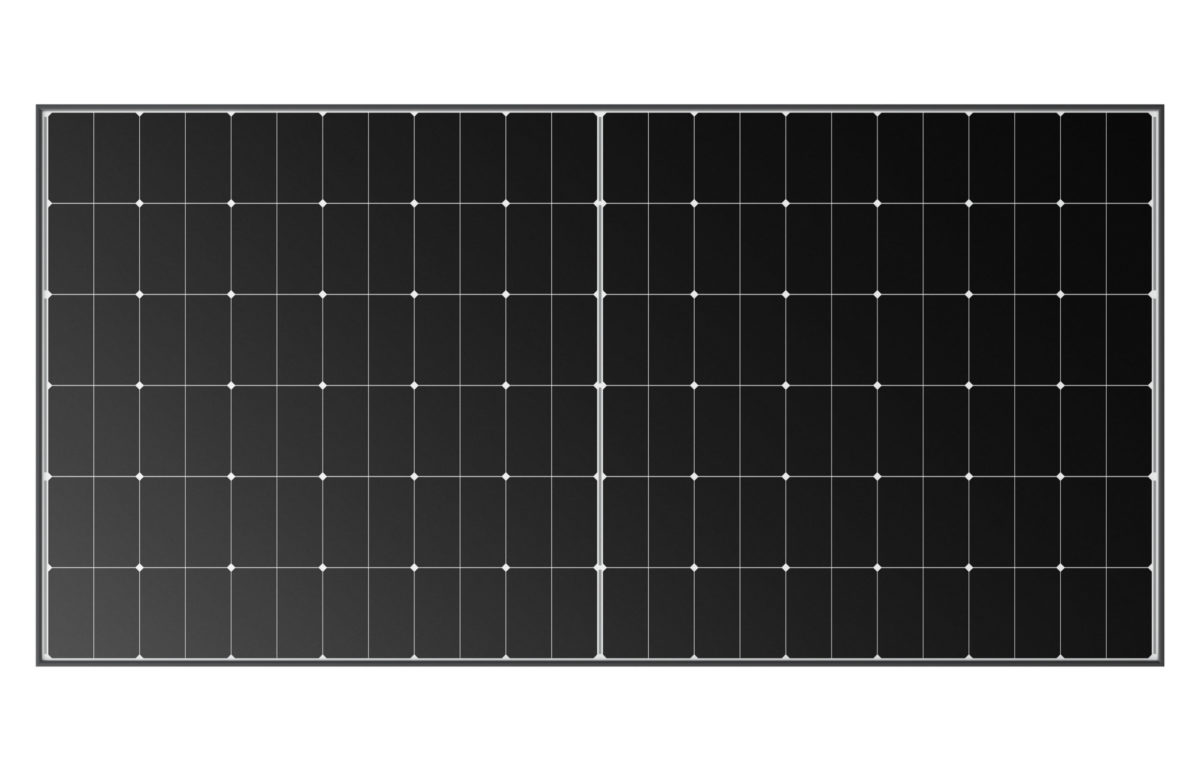The latest PV price forecast from CEA predicts that module prices in China will fall by about 15% from the fourth quarter of 2022 to the fourth quarter of 2023, as polysilicon prices continue to slide.
The engineering consultancy said that from 2023 to 2024, TOPCon prices will remain higher than PERC.
“As many new cell lines are ramping up that will need to calibrate, limiting the growth in TOPCon availability,” said CEA.
However, it added that it expects the price difference between the two technologies to narrow down from 2024, “as TOPCon becomes the default utility-scale module.” Nevertheless, the firm noted that it expects some price gap to remain between TOPCon and PERC, “as growing TOPCon adoption will cause PERC to be offered at an increasingly discounted rate until it is retired.”
The corresponding graph from the report shows that by the first quarter of 2025, monofacial, backsheet TOPCon modules will cost the same as bifacial double-glass PERC modules with 210 mm cells. Between the first quarter of 2024 and the first quarter of 2025, module prices in China will drop by an average of 6%, according to the report.
Global PV manufacturing capacity across the supply chain will experience rapid growth from 2022 to 2027, according to CEA, with capacities doubling in the ingot/wafer stages and potentially quadrupling for polysilicon. This capacity will remain heavily concentrated in China, said CEA.
Equipment oversupply, as measured by nominal industry production capacity compared to new facilities, is expected to increase from 25% in 2022 to 100% in 2027. That is, the industry as a whole will be able to produce twice as much as demand, according to projections.
By 2023, global module production capacity are set to exceed 800 GW per year, while global installations will likely stay above 300 GW. By 2027, module production capacity could exceed 1,000 GW per year, while installations should be near 500 GW.
The most immediate impact of the capacity increase on the market is a tripling of polysilicon capacity from 2022 to 2024, based on new capacity under construction or already in the start-up and ramp-up phases.
CEA’s projections are the result of a specially developed modeling system to provide independent market intelligence on changes in global supply chains and accurate forecasts for supply price scenarios based on technologies, materials, manufacturing regions, and target markets, as well as supply and demand forecasts.
This content is protected by copyright and may not be reused. If you want to cooperate with us and would like to reuse some of our content, please contact: editors@pv-magazine.com.



By submitting this form you agree to pv magazine using your data for the purposes of publishing your comment.
Your personal data will only be disclosed or otherwise transmitted to third parties for the purposes of spam filtering or if this is necessary for technical maintenance of the website. Any other transfer to third parties will not take place unless this is justified on the basis of applicable data protection regulations or if pv magazine is legally obliged to do so.
You may revoke this consent at any time with effect for the future, in which case your personal data will be deleted immediately. Otherwise, your data will be deleted if pv magazine has processed your request or the purpose of data storage is fulfilled.
Further information on data privacy can be found in our Data Protection Policy.